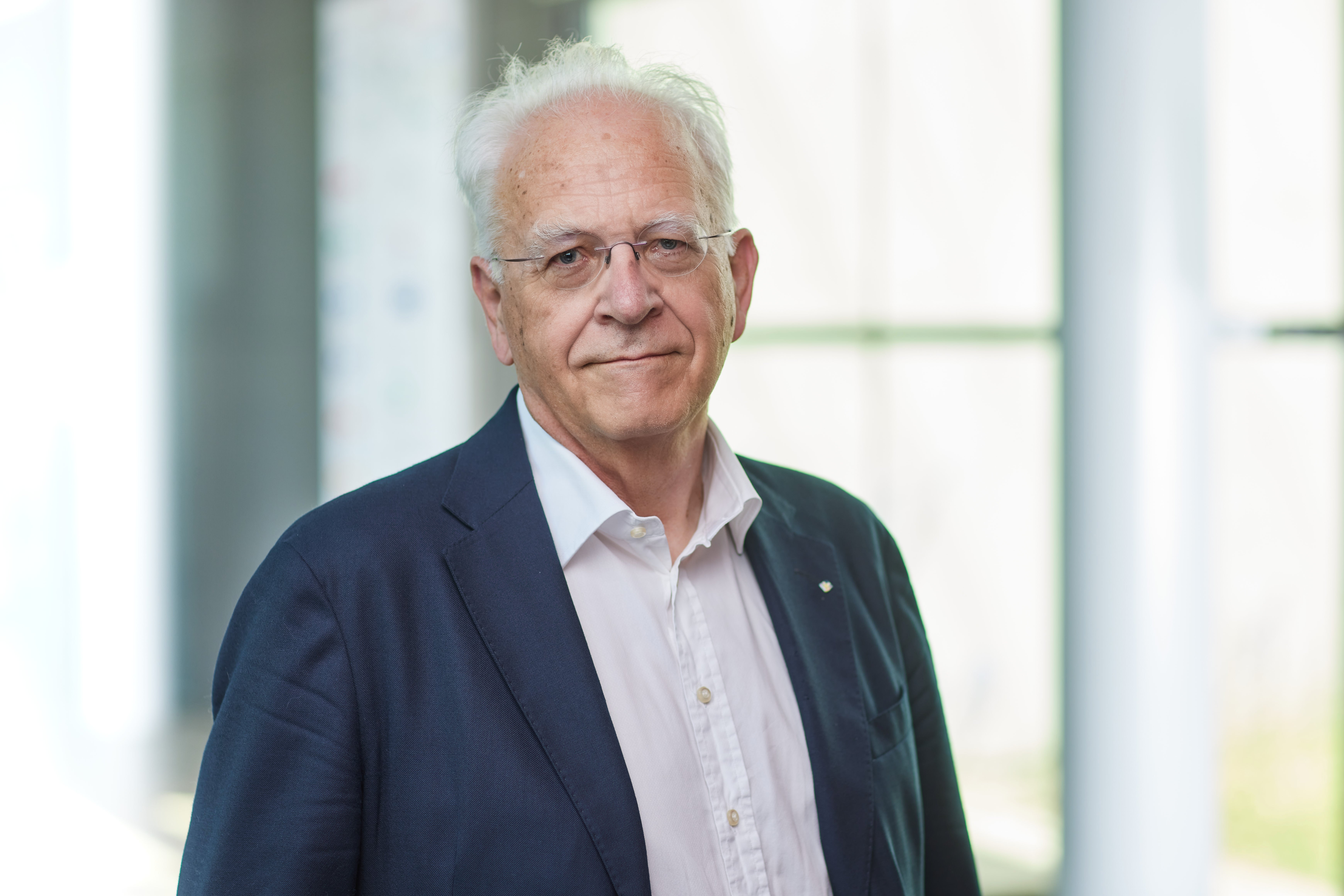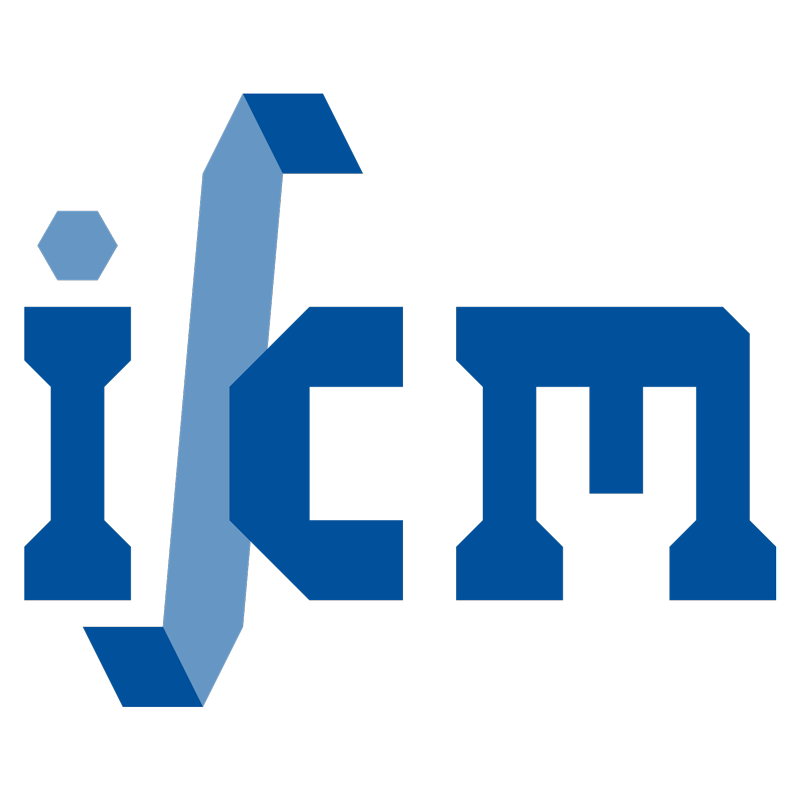Prof. em. Dr.-Ing. habil. Dr. h.c. mult. Dr.-Ing. E.h. Peter Wriggers


30823 Garbsen


-
Academic degrees
1988 Habilitation, Mechanics, Leibniz Universität Hannover, Prof. E. Stein 1981 Doctorate, Civil Engineering, Leibniz Universität Hannover, Prof. E. Stein 1976 Dipl.-Ing., Civil-Engineering, Leibniz Universität Hannover, Prof. S. Spierig -
Academic positions
since 2008 Full Professor of Mechanics at the Faculty of Mechanical Engineering, Leibniz Universität Hannover 2005 - 2006 Conjoint Professor at University of Newcastle, Australia 1998 - 2008 Full Professor of Mechanics at the Faculty of Civil Engineering, Leibniz Universität Hannover 1990 - 1998 Full Professor of Mechanics at Technische Universität Darmstadt 1988 - 1988 Visiting Professor at Department of Civil Engineering, University of California, Berkeley, USA 1984 - 1990 Lecturer at Institute for Mechanics and Computational Mechacnics, University of Hannover 1983 - 1984 Visiting Scholar at University of California, Berkeley, USA (with Prof. Robert L. Taylor) 1976 - 1983 Staff Member at Institute of Construction Mechanics, Leibniz Universität Hannover -
Activities
since 2019 Member of the Scientific Advisory Board of Rocini (Rostock Centre for Interdisciplinary Implant Research) Link since 2020 President of the Advisory scientific council of CIMNE (International Centre for Numerical Methods in Engineering) Link since 2018 Corresponding Member of the Croatian Academy of Sciences and Arts 2009 - 2022 Re-elected member of the Executive Committee of IACM 2015 - 2016
Chair of the Executive Committee of the Applied Mechanics Division of ASME 2015 - 2021 Vice President for Research at Leibniz Universität Hannover since 2015 Member of "Board of Directors" and "Scientific Council" of CISM (International Center of Mechanical Sciences) Link since 2014 Editor in Chief of „Computational Particle Mechanics“ since 2012 Member of the Scientific Advisory Board of CIMNE, UPC Barcelona 2011 - 2018 Vice President of IACM (International Association for Computational Mechanics) 2011 - 2013 Vice President of GAMM (Society for Applied Mathematics and Mechanics) 2011 - 2016 Member of the Executive Committee of the Applied Mechanics Division of ASME 2011 - 2017 Member of the DFG senate committee for Collaborate Research Centres (CRC) 2010 - 2019 Charman of International Research Training Group: IRTG1627: Virtual Materials and Structures and their Validation 2009 - 2022 Member of the steering committee of the maximum performance computer center Stuttgart (HLRS) 2008 - 2012 President of GACM (German Association for Computational Mechanics) 2008 - 2010 President of GAMM (Society for Applied Mathematics and Mechanics) 2007 - 2011 Member of the ERC review panel for Starting and Consolidator Grants 2006 - 2015 Member of selection committee of the Alexander von Humboldt Foundation for Humboldt Fellowships (since 2010 chairman) 2004 - 2011 Member of DFG Experts Architecture/Civil Engineering and Medical Technology since 2004 Member of acatech (German Academy of Technology Science) since 2003 Associated editor of “Bauingenieur” since 2003 Member of Academy for Science and Literature Mainz 2001 - 2004 Member of the Advisory Board of the "Transatlantic Science and Humanities Program" of the Alexander von Humboldt Foundation 2001 - 2008 Vice President of GACM since 2001 Editor in Chief von “Computational Mechanics” 1996 - 2001 Member of the DFG senate committee for graduate schools -
Awards
2015 Honorary Doctorate “Dr.-Ing. E.h.” of the TU Darmstadt, Germany 2013 Honorary Doctorate “Dr. h. c. “ of the ENS Cachan, Paris, France 2013 Honorary Doctorate “Dr. h. c. “ of the University of Technology Poznan 2013 “Zienkiewicz Medal” of the Polish Association for Computational Mechanics (PACM) 2011 Grand Prize of the Japan Society for Computational Engineering and Science (JSCES) 2011 “Russell Severance Springer Professor“, Visiting Chair at ME Department, UC Berkeley 2010 “IACM Award” (IACM) 2008 “Euler Medal” of ECCOMAS 2006
Computational Mechanics Award (IACM) 2004
“Highly Commended Award” for paper in Engineering Computations 2003 - 2004
ARC Linkage Professorship at University of Newcastle, NSW, Australia 2002
Fellow of the International Association for Computational Mechanics (IACM) 2002
“Literati Award for Excellence” to the best paper 2002 in Engineering Computations 1981
“Christian-Kuhlemann-Scholarship” for best PhD-thesis, University of Hannover -
Academic memberships
since 2018 Corresponding Member of the Croatian Academy of Sciences and Arts since 2004 Member of the National Academy of Engineering, “acatech”, Gemany since 2004 Member of the “Academy of Science and Literature”, Mainz, Germany since 1999 Member of Braunschweigische Wissenschaftliche Gesellschaft, Braunschweig, Germany -
Books
- Multiscale Modeling of Heterogenous Structures
(J. Soric, P. Wriggers, O. Allix)
Lecture Notes in Applied and Computational Mechanics 86
Springer Verlag
2018, 381 Pages
ISBN 3-319-65463-8
- Biomedical Technology - Modeling, Experiments and Simulation
(P. Wriggers, Th. Lenarz)
Lecture Notes in Applied and Computational Mechanics 84
Springer Verlag
2018, 362 Pages
ISBN 3-319-59547-4
- Advanced Finite Element Technologies
(J. Schröder, P. Wriggers)
CISM International Centre for Mechanical Sciences 566
Springer Verlag
2016, 236 Pages
ISBN 3-319-31923-0
- Automation of Finite Element Methods
(J. Korelc, P. Wriggers)
Springer International Publishing Switzerland
2016, 346 Pages
ISBN 3-319-39003-1
- Nonlinear Finite Element Methods
Springer-Verlag Berlin/Heidelberg
2008, 559 Pages
ISBN 3-540-71000-4
- Nichtlineare Finite-Element-Methoden
Springer-Verlag Berlin/Heidelberg
2001. XI, 495 S. 250 Abb. Brosch.
ISBN 3-540-67747-X
- New Developments in Contact Problems
Springer-Verlag Berlin/Heidelberg
1999. VII, 246 pp. 97 figs. Softcover
ISBN 3-211-83154-1
- Computational Contact Mechanics
Wiley-Verlag
July 2002, 464 Pages
ISBN: 0-471-49680-4
- Error-controlled Adaptive Finite Elements in Solid Mechanics
(Erwin Stein (Editor), Ekkehard Ramm, E. Rank, R. Rannacher, K. Schweizerhof, E. Stein, W. Wendland, G. Wittum, Peter Wriggers, Walter Wunderlich) Wiley-Verlag
November 2002, 422 Pages ISBN: 0-471-49650-2
- Introduction to Computational Micromechanics
(Zohdi, T.I., Wriggers, Peter)
Springer-Verlag Berlin/Heidelberg
2004, 196 Pages
ISBN: 3-540-22820-9
- Technische Mechanik, Band 4
Hydromechanik, Elemente der Höheren Mechanik, Numerische Methoden
Springer-Verlag Berlin/Heidelberg
3. Aufl. 1999. XI, 434 S. 213 Abb. Brosch.
ISBN 3-540-65205-1
- Formeln und Aufgaben zur Technischen Mechanik 1-3
Springer-Verlag Berlin/Heidelberg
- Multiscale Modeling of Heterogenous Structures
-
Journals
- Editor-in-Chief:
- Associated Editor
International Journal for Numerical methods in Engineering (1998-2001)
Der Bauingenieur (since 2003) - Member of the Editorial Board:
- Since 1990 Engineering Computations
- Since 1990 International Journal for Numerical Methods in Engineering
- Since 1994 International Journal for Engineering Analysis and Design
- Since 1995 Archives of Computational Methods in Engineering
- Since 1997 Computers & Structures
- Since 1997 International Journal of Solids and Structures
- Since 1997 International Journal of Forming Processes
- Since 1998 Engineering with Computers
- Since 2000 Computer Methods in Applied Mechanics and Engineering
- Since 2000 International Journal for Computational Civil and Structural Engineering
- Since 2000 Computational Engineering Science
- Since 2002 Journal of Computational Biomechanics
- Since 2003 International Journal of Computational Methods
- Since 2003 Latin American Journal of Solids and Structures
- Since 2003 International Journal for Multiscale Computational Engineering
-
Research projects
Publications
Showing results 1 - 10 out of 666
2024
In: Computational mechanics, Vol. 73, No. 1, 01.2024, p. 1-25.
Research output: Contribution to journal › Article › Research › peer review
In: Biomechanics and Modeling in Mechanobiology, Vol. 23, No. 2, 04.2024, p. 539-552.
Research output: Contribution to journal › Article › Research › peer review
In: Journal of biomechanics, Vol. 166, 112058, 03.2024.
Research output: Contribution to journal › Article › Research › peer review
In: International Journal of Mechanical Sciences, Vol. 265, 108907, 01.03.2024.
Research output: Contribution to journal › Article › Research › peer review
In: Computer Methods in Applied Mechanics and Engineering, Vol. 418, 116540, 01.01.2024.
Research output: Contribution to journal › Article › Research › peer review
In: Computer Methods in Applied Mechanics and Engineering, Vol. 421, 116796, 01.03.2024.
Research output: Contribution to journal › Article › Research › peer review
In: International Journal for Numerical Methods in Engineering, Vol. 125, No. 5, e7394, 07.02.2024.
Research output: Contribution to journal › Article › Research › peer review
In: International Journal of Mechanical Sciences, Vol. 273, 109215, 01.07.2024.
Research output: Contribution to journal › Article › Research › peer review
In: Computer Methods in Applied Mechanics and Engineering, Vol. 421, 116826, 01.03.2024.
Research output: Contribution to journal › Article › Research › peer review
2023
In: Computational mechanics, Vol. 72, No. 1, 07.2023, p. 155-171.
Research output: Contribution to journal › Article › Research › peer review


